The 2012 Good Gift Games
Oh look, it's the holidays and time to interact with humans again. Thankfully, there are board games to facilitate or replace conversation. Here are 10 of the year's best to get you started.
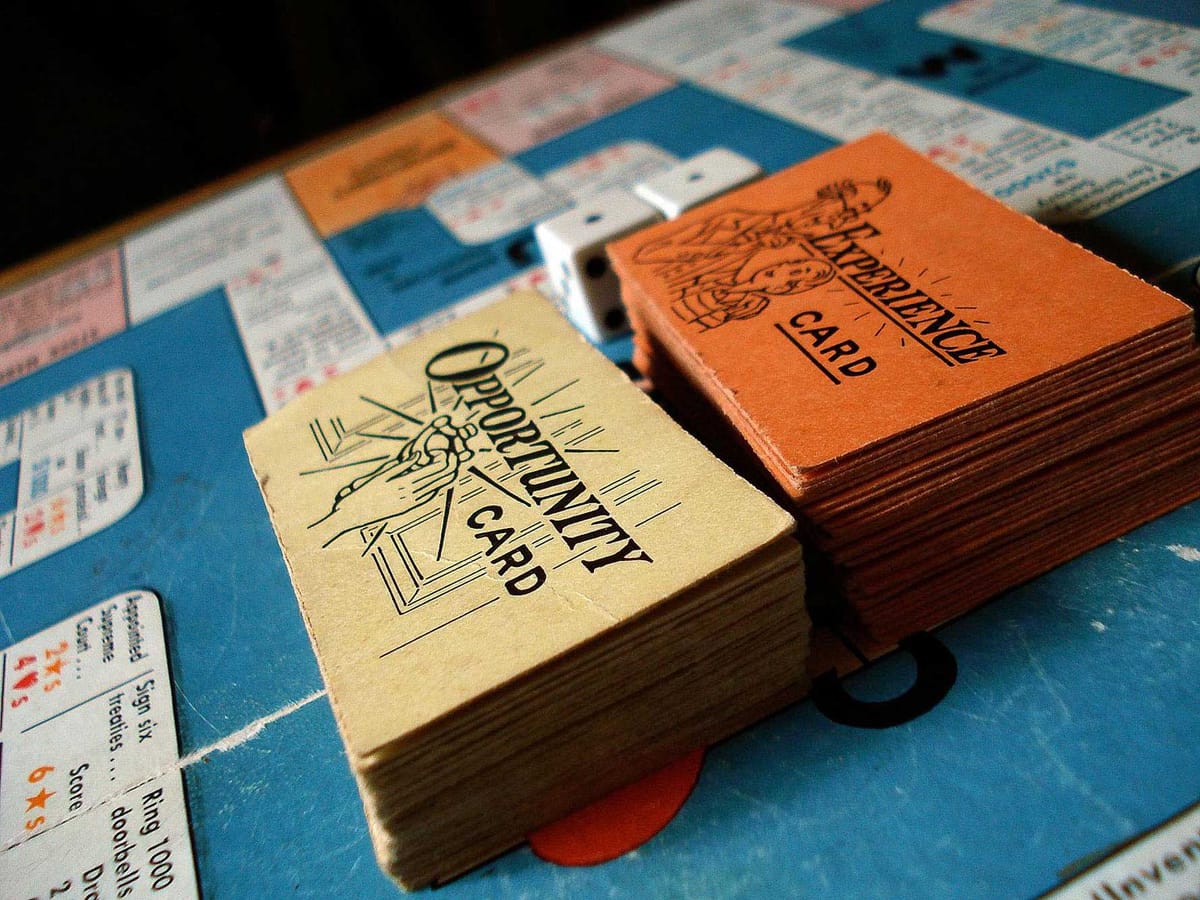
The election is over, and now it’s time for us to come together as a nation. Oh god, really? Uggh. Take politics out of the equation and I can barely make small talk with my closest friends, much less the entire nation.
That’s why I come armed to every social engagement with board games, to help facilitate that whole human interaction thing that people thought was important before smartphones gave us an excuse to avoid eye contact with others.
It’s also why I give games as gifts—and why, for more than a decade, I have been helping others do likewise. And so, my annual Good Gift Game guide, showcasing those board and card games from the last year or so that are easy to learn and teach, fun and engrossing to play, and that can be completed in 90 minutes or less.
None of these accommodate 300,000,000 players, admittedly. But break one out with a subset of the nation, and I guarantee that you’ll have a good time.
Lords of Waterdeep
Designers: Peter Lee and Rodney Thompson
Publisher: Wizards of the Coast
Players: 2–5
Time: 60 minutes
Genre: family strategy, worker placement
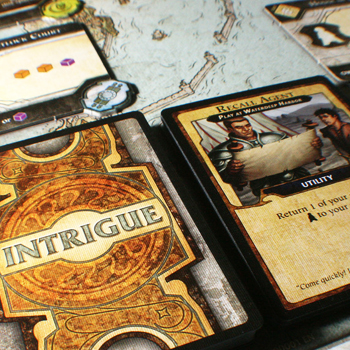
Lords of Waterdeep is a Dungeon & Dragons-themed—whoa whoa whoa whoa, stay with me here, champ. In fact, let’s drop the D&D angle entirely for a moment. Players place pawns (alliteration!) on buildings scattered throughout the city of Waterdeep, each of which grants a special ability, allowing the occupant to draw or play cards, collect money or resources, receive missions, or even construct yet more buildings to be used in later turns. Players fulfill missions by expending resources and upon completion receive victory points, with bonus points awarded at game’s end for meeting secret objectives. Does that sound fun? It is! And it remains so even when the pawns are “Agents” and resources are “Adventurers” and missions are “Quests” and so forth. Look past the theme of Waterdeep, and you’ll find one of the best light-strategy games in recent years. [More info]
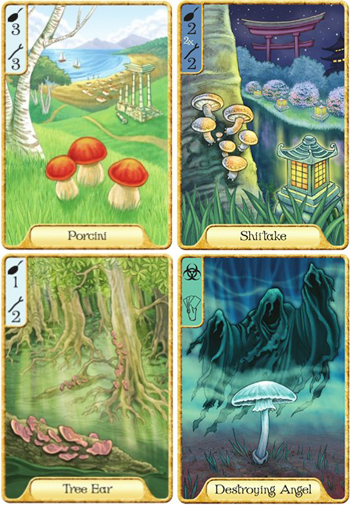
Morels
Designer: Brent Povis
Publisher: Two Lanterns Games
Players: 2
Time: 30 minutes
Genre: card, two-player
The cards depict several species of mushrooms and, before play begins, eight are dealt face-up in a row across the center of the table. This represents a forest path from which players may harvest the fungal delicacies, with cards deeper in the woods requiring one or more “foraging stick” tokens to claim. Later, sets of these mushrooms may be sold (for more foraging sticks) or cooked (for victory points). That is the essence of Morels. The game feels instantly familiar thanks to its kinship with rummy, but the unusual theme, combined with several novel mechanisms, give it a flavor all its own. Morels is the perfect game for couples, or anyone who enjoys a quick and beautiful two-player challenge. (Someone high-five me for getting through this review without making the “fun guy” joke.) [More info]
Cards Against Humanity
Designers: Josh Dillon, Daniel Dranove, Eli Halpern, Ben Hantoot, David Munk, David Pinsof, Max Temkin, and Eliot Weinstein
Publisher: Cards Against Humanity LLC
Players: 3–everyone in the room
Time: The time you start—3 a.m., typically
Genre: party, inexorable decline of civilization
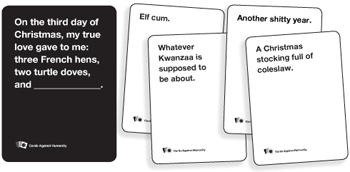
OK, full disclosure: Max Temkin, one of the eight co-designers of Cards Against Humanity, is a pal of mine, and we launched the board-game blog Playtest together earlier this year. And yet the inclusion of CAH in this guide, despite the galling conflict of interest, is less offensive than just about anything you’ll find in the box. In each round of CAH (“The party game for horrible people”), the Card Czar reveals a black card with a single word or phrase on it; everyone else plays the white card from their hand that they feel is the best match. Pretty routine fare, so far. But the cards…oh my god. The ones you understand are bad enough, but the others will make you recoil from your phone when you Google them in the bar. Cards Against Humanity is the hottest thing going, as these 500+ five-star reviews of the game on Amazon will attest. And to make matters worse, the CAH guys just released a pay-what-thou-will holiday edition. I believe this is the “War on Christmas” we’ve been hearing so much about. [More info]
Flash Point: Fire Rescue
Designer: Kevin Lanzing
Publisher: Indie Boards & Cards
Players: 2–5
Time: 45 minutes
Genre: cooperative
I put Pandemic at the top of the 2008 Good Gift Games Guide, but joked about its soporific premise, in which epidemiologists research infectious diseases. Flash Point: Fire Rescue shares many commonalities with Pandemic, but an inaccessible theme is not among them. Players work as a team of firefighters and rush into a burning building—extinguishing flames and chopping through walls as they go—to save the people and pets therein. Rescue seven victims and the players win as a group; but if four people perish, or if the house comes crashing down around your ears, your team goes down in flames. Flash Point comes with both a straightforward family version suitable for children and casual gamers and a more advanced system that introduces special powers, additional actions, and allows you to cross “drive a fire truck” off your bucket list. It also comes with three levels of difficulty and a double-sided board (with a second house on the back), to ensure you never get burned out on the game. [More info]
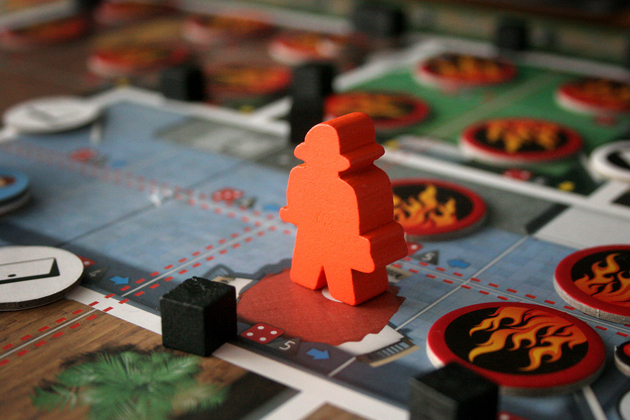
Risk: Legacy
Designer: Rob Daviau
Publisher: Hasbro
Players: 3–5
Time: varies
Genre: light wargame
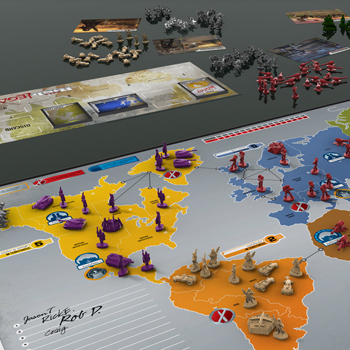
You remember Risk, of course, the game you played as a kid, and in high school, and in college. Good ol’ unchanging Risk, as constant as death and taxes. Well, the newest iteration of the “Classic Game of World Domination” has not only shaken up the tried-and-true formula, but eventually evolves into a different game than the one you purchased. That’s because the rules force you to physically alter the game as you play, applying stickers to the map to forever change the topography, writing directly on the board to name continents and cities—and even tearing up cards on occasion. And, hidden away in sealed packets and compartments, are new armies and cards that enter play when certain conditions are met. Thus each game is shaped by those that came before it, as the events of one become the history of the next. Risk: Legacy is a brilliant twist on the franchise, and one that will bring a dedicated game group to the table week after week to watch a world unfold. [More info]
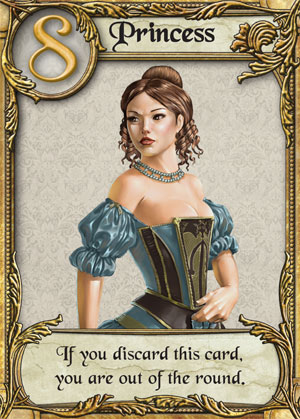
Love Letter
Designer: Seiji Kanai
Publisher: Alderac Entertainment Group
Players: 2–4
Time: 15 minutes
Genre: card, bluffing
Composed entirely of 16 cards, Love Letter is like a dissertation on minimalism in game design. The cards depict a royal household, from guards to handmaidens to the king himself. Each player seeks to woo the princess and has entrusted a billet doux into the hands of the palace staff with instructions to forward the missive to the intended recipient. Much of the game revolves around trying to deduce the cards held by your opponents and to get their letters thrown into the royal furnace before the festivities end. Combining elements of bluff, deduction, and push your luck—and at a size that can easily fit into your pocket—Love Letter is the game to grab when heading to the pub to meet friends. [More info]
Escape: The Curse of the Temple
Designer: Kristian Amundsen Østby
Publisher: Queen Games
Players: 1–5
Time: 10 minutes, exactly
Genre: cooperative, dice, real-time
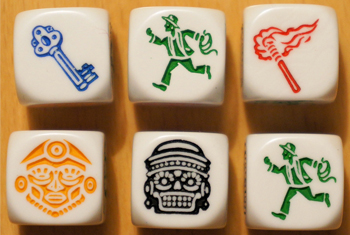
Don’t you hate it when your “friend” (OK, it’s me) swears that a game will only take half an hour, and you find yourself still playing in the wee hours of the morning? There’s no chance of that here—when I tell you Escape: The Curse of the Temple is a “10-minute game” I mean it, and the timer included in the box will keep me honest. At the starting gong, players roll (and reroll, and reroll) a set of custom dice, madly searching for the exit from a temple before they become entombed therein. The strict time limit alone would set Escape apart from most games, but adding to its distinctiveness is that fact that there are no turns, with players frenetically rolling their own set of dice and dashing from room to room, irrespective of the actions of others. Which is not to say that it’s every archaeologist for himself: The players must frequently cooperate to overcome the biggest of challenges or to bail one another out when dice get locked. The whole thing plays out like a cross between Raiders of the Lost Ark and a six-pack of Red Bull.
Takenoko
Designer: Antoine Bauza
Publisher: Asmodee
Players: 2–4
Time: 45 minutes
Genre: family strategy, tile placement
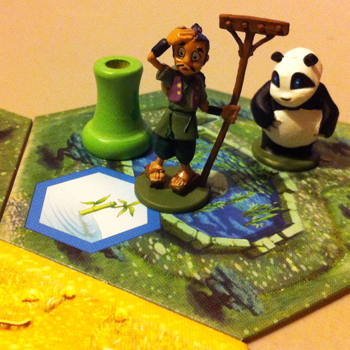
Once upon a time the emperor of China sent the emperor of Japan a panda bear as a gesture of goodwill. Oh, emperors! Your job as the royal gardener is to tend the bamboo garden that keeps this gift fed. Establish your plots, irrigate them from a central pool, and move the gardener and the panda around to cultivate and decimate the bamboo, respectively. Players work toward hidden goals and will frequently find themselves cooperating with their opponents to achieve some secret aim. More often than not, though, players find themselves at cross-purposes or thwarted by the adorable but voracious bear. Takenoko, perhaps the most attractive game on this list, works as well for two players as it does for three or four. [More info]
Kingdom Builder
Designer: Donald X. Vaccarino
Publisher: Queen Games
Players: 2–4
Time: 45 minutes
Genre: family strategy, abstract(ish)
I generally find abstract games too dry for my tastes, but Kingdom Builder provides an engrossing experience to even those wary of the genre. Players place settlements onto a gridded map, claiming various types of terrain and perhaps blocking the expansion of their opponents. There are 10 different ways to score points, but only three are used in any one game, and the game board itself changes every time you play. In other words, Kingdom Builder neatly sidesteps my usual complaint with abstract games—that they lack variability—by giving you something new to think about, and new goals to pursue, in each rematch. Kingdom Builder was the 2012 recipient of the prestigious Spiel des Jahres award. [More info]
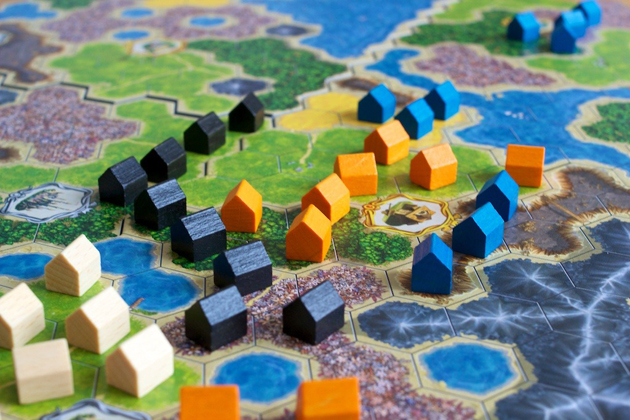
Friday
Designer: Friedemann Friese
Publisher: Rio Grande Games
Players: 1 (Yep, 1)
Time: 20 minutes
Genre: solitaire, deck building

I gave more copies of Friday as gifts in 2012 than any other game. For one thing, it’s fairly inexpensive at 20 bucks. It’s also a deck-building game, and therefore of interest to those who enjoy Dominion (i.e., pretty much my entire social circle). And I could give the game knowing that it would get played, because the recipient wouldn’t even need to assemble a group to try it. That’s because Friday is that rarest of beasts: a one-player, commercial card game. You are cast as Robinson Crusoe, struggling to survive on a tropical island. When you encounter a hazard, such as wild animals or cannibals, you use the cards in your hand to combat it. If you succeed, the hazard card goes into your discard pile and become available to you after the next shuffle. But you can also improve your deck by losing to hazards, because it is then that you can remove bad cards from your deck entirely. In other words, you get stronger as you overcome challenges, and you “learn from your mistakes” when you fail. Friday is a clever—and addicting—little gem. [More info]
For full reviews of the games above, as well as Matthew Baldwin’s favorite advanced strategy games of the year, visit defective yeti.
